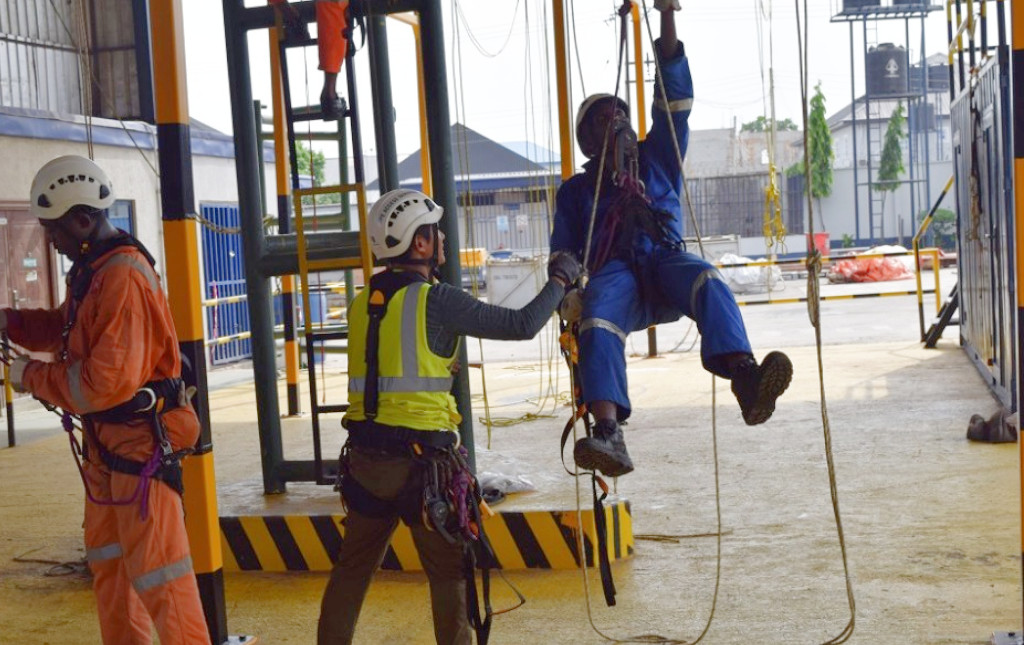In today’s fast-paced working environment, the importance of creating a safety-conscious workplace cannot be overstated. One of the most effective and easily implemented tools to achieve this is through the use of safety signs. These essential visual cues not only inform but also reinforce safe practices, ultimately fostering a culture of awareness and responsibility among employees.
The Role of Safety Signs in Enhancing Workplace Safety
Safety signs play a vital role in communicating essential information. Whether it’s directing employees to emergency exits, highlighting potential hazards, or ensuring proper procedures are followed, safety signs are integral to creating an atmosphere of awareness. When strategically placed throughout the workplace, they serve as constant reminders of the necessary precautions, helping prevent accidents and injuries.
By consistently using safety signs, companies signal to their employees that safety is a priority. This small but significant gesture contributes to the development of a safety-first mindset, where employees not only comply with safety regulations but also actively look out for one another.
Types of Safety Signs Every Workplace Should Have
The effectiveness of safety signs depends on their relevance and placement. Below are the essential types of safety signs every workplace should have:
- Warning Signs: These signs alert employees to specific dangers, such as slippery floors or electrical hazards. They typically feature yellow backgrounds with black symbols to catch attention.
- Mandatory Signs: These signs indicate actions that must be followed, such as wearing protective equipment or using safety gear in designated areas.
- Prohibition Signs: These signs are used to inform employees of actions that are not allowed, such as smoking in a restricted area or not using a mobile phone near machinery.
- Emergency Information Signs: These signs provide essential information about emergency exits, first-aid kits, and fire exits. Their clear and direct communication can save lives in critical situations.
- Fire Safety Signs: In workplaces, having clearly marked fire safety signs is essential. These signs show the locations of fire extinguishers, alarms, and evacuation routes.
By integrating these diverse categories into the workplace, safety signs ensure that all potential risks are addressed, and that employees have the right information to take swift action if needed.
Creating an Engaged and Informed Workforce
While safety signs are a critical component of workplace safety, simply placing them around the office isn’t enough to cultivate a culture of awareness. For safety signs to truly be effective, they must be part of a larger, ongoing conversation about workplace safety. This can be achieved by conducting regular safety training, engaging employees in discussions about safety protocols, and encouraging them to provide feedback on the signage.
A well-informed workforce is more likely to recognise the importance of safety signs and actively use them to ensure their own safety and that of their colleagues. Incorporating safety discussions into regular team meetings can further cement the idea that safety is everyone’s responsibility. Moreover, training employees on the meaning of various safety signs and their importance ensures they are not only aware of the risks but are also equipped to take the right precautions.
Designing Effective Safety Signs for Maximum Impact
Design is crucial when it comes to safety signs. A poorly designed sign may fail to communicate the intended message effectively, which can lead to confusion and undermine safety efforts. Therefore, when designing safety signs, it’s important to focus on clarity and visibility.
- Use of Bold Colours: Bright and contrasting colours such as red, yellow, and green are essential for catching attention and ensuring that the sign stands out.
- Simple and Direct Text: Avoid cluttered designs. A concise message in easy-to-read fonts ensures the sign can be quickly understood, even from a distance.
- Universal Symbols: Where possible, use universally recognised symbols or pictograms. These are understood across languages and help avoid confusion among a diverse workforce.
- Strategic Placement: Finally, the placement of safety signs is just as important as their design. They should be positioned in locations where they are clearly visible, particularly near potential hazards or high-risk areas.
Conclusion
Creating a culture of awareness in the workplace starts with clear, effective communication, and safety signs are the perfect tool for this. By incorporating safety signs that are well-designed, strategically placed, and part of a broader safety culture, businesses can ensure that their workforce is not only aware of potential dangers but is also actively engaged in maintaining a safe and healthy environment. Ultimately, this commitment to safety will lead to fewer accidents, better employee morale, and a more productive and efficient workplace.





